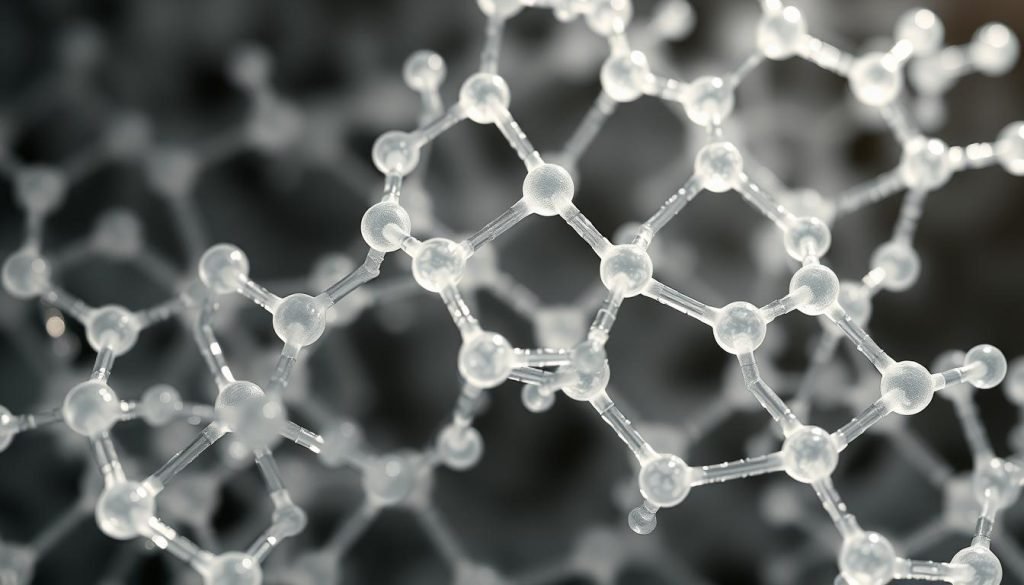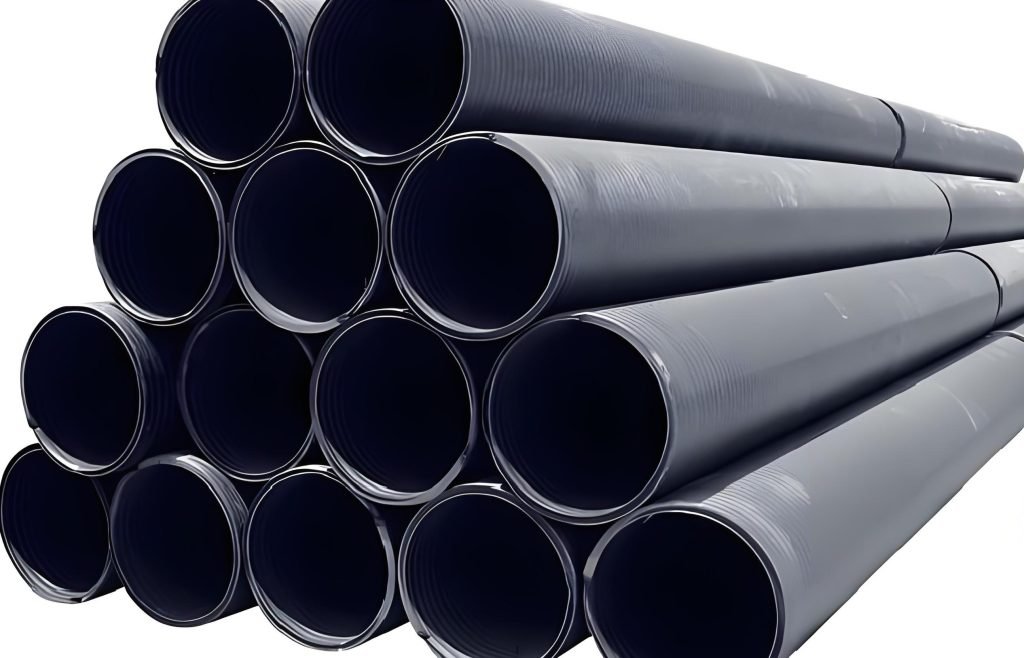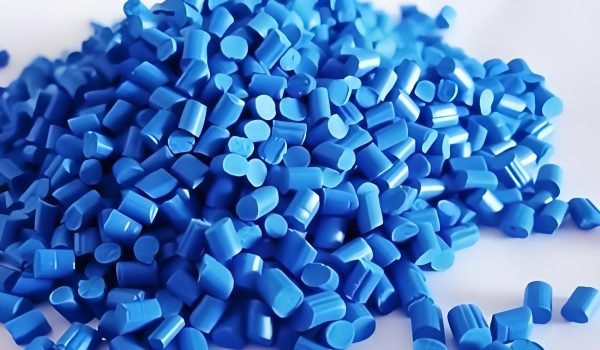What makes High-Density Polyethylene (HDPE) a preferred material in various industries, from packaging to piping systems? HDPE is a type of plastic known for its unique combination of durability, chemical resistance, and processability.

Understanding the melting characteristics of HDPE is crucial for manufacturing. The temperature at which HDPE melts, typically between 120°C to 180°C, significantly influences production processes. Precise temperature control is essential for optimal results in manufacturing HDPE products.
This article will guide you through the critical aspects of HDPE, from its basic properties to its industrial applications, providing valuable insights for manufacturers working with this versatile plastic material.
Understanding High-Density Polyethylene (HDPE)
High-Density Polyethylene (HDPE) is a versatile plastic material that has gained widespread use in various industries due to its unique properties. You will find HDPE used in a wide range of products, from consumer goods to industrial applications, due to its excellent chemical resistance, high tensile strength, and temperature resistance.
Chemical Structure and Properties of HDPE
HDPE is characterized by its high crystallinity, resulting from a low proportion of side branching groups on the main polymer chains and the absence of any long side branches. This structure allows HDPE molecules to arrange themselves in an ordered, pseudo-crystalline structure, imparting unique mechanical properties. The material’s excellent chemical resistance and high tensile strength make it valuable across multiple industries.
Different Grades of HDPE and Their Characteristics
There are various grades of HDPE, depending on molecular weight and branching. The numbers following HDPE, such as “500,” “300,” or “1000,” typically represent the molecular weight in thousands. For instance, HDPE500 is known for its high impact resistance and is used in canoe construction, while HDPE300 is utilized for food packaging due to its suitable properties. HDPE1000, with its high abrasion resistance, is often used in industrial applications.
The Melting Point of HDPE and Its Significance
Understanding the melting point of HDPE is crucial for manufacturers to optimize their production processes. The melting point is a critical property that influences how HDPE is processed and applied in various industries.
Typical HDPE Melting Point Range
The melting point of HDPE typically ranges from 120°C to 180°C. This range can vary based on the specific formulation and molecular weight distribution of the HDPE. Different grades of HDPE may have slightly different melting points, making it essential to understand the characteristics of the specific HDPE being used.
Glass Transition Temperature vs. Melting Point
It’s also important to distinguish between the melting point and the glass transition temperature (Tg) of HDPE. The Tg of HDPE is between -100°C and -130°C, significantly lower than its melting point. This low Tg means HDPE remains rigid and hard below this temperature range, contributing to its performance characteristics at different temperatures.
Why Melting Point Matters in Manufacturing Processes
The melting point of HDPE directly impacts processing parameters, product quality, and manufacturing efficiency. Understanding HDPE’s melting behavior allows manufacturers to optimize their processes by working within the appropriate temperature ranges for different HDPE grades and applications. This knowledge is critical for achieving the desired product properties and ensuring efficient production.
HDPE vs. LDPE: Comparing Melting Points and Properties
To choose between HDPE and LDPE, manufacturers must consider their differing properties and melting points. This comparison is crucial for selecting the right material for specific applications.
Structural Differences
HDPE has a linear structure with minimal branching, whereas LDPE has a highly branched structure. This difference in structure affects their properties, including density and tensile strength.
Melting Point Comparison
The melting point of HDPE is approximately 125°C, while LDPE melts at around 105°C. This 20°C difference in melting point significantly impacts processing temperature requirements.
Impact on Processing
The differences in properties and melting point between HDPE and LDPE affect their processing and applications. HDPE’s higher density and melting point make it suitable for high-temperature applications, while LDPE’s flexibility makes it ideal for packaging materials.
Understanding these differences is key to selecting the appropriate plastic for your manufacturing needs.
Factors That Affect the Melting Point of HDPE
The melting point of HDPE is not a fixed value; it’s influenced by several key factors that manufacturers must consider. Understanding these factors is crucial for optimizing the processing and application of HDPE.
Molecular Weight and Density Influence

The molecular weight and density of HDPE significantly impact its melting behavior. Higher molecular weight grades typically require higher processing temperatures due to their increased viscosity and different flow characteristics. Density variations within the HDPE family affect crystallinity, which in turn influences melting behavior and temperature requirements during processing.
Impact of Additives and Fillers
Additives and fillers, such as stabilizers, colorants, and reinforcing agents, can significantly alter HDPE’s melting point and processing window. These additives can either raise or lower the melting temperature, depending on their type and concentration, thereby affecting the material’s overall performance.
Processing Conditions and Their Effects
Processing conditions, including cooling rates, pressure, and shear forces, can modify HDPE’s crystalline structure and subsequent melting behavior. Manufacturers must carefully control these conditions to achieve consistent quality in their HDPE products.
HDPE Melting Process in Industrial Applications
As you explore the industrial applications of HDPE, understanding its melting process is crucial. The melting characteristics of HDPE significantly influence its processing and final product quality in various manufacturing processes.
Injection Molding Temperature Requirements
For injection molding, HDPE requires a melt temperature between 210°C and 270°C, with a mold temperature ranging from 20°C to 60°C. These temperature specifications are critical for achieving optimal part quality, minimizing cycle time, and maximizing production efficiency.
Extrusion Processing Parameters
In extrusion processing, controlling the temperature profile across different zones of the extruder is vital. For producing bottles and containers, HDPE is typically heated to between 150°C and 160°C, making it malleable for shaping.
Blow Molding Considerations
Blow molding of HDPE involves heating the material to a temperature window that provides the right balance between melt strength and formability, typically between 150°C to 160°C. This temperature range is crucial for producing containers with the desired shape and structural integrity.
HDPE’s melting characteristics make it an ideal material for various industrial applications, including piping systems, packaging, and water management products. Its use in geothermal piping and radiant floor heating systems underscores its ability to withstand demanding temperature conditions.

Conclusion
To maximize HDPE’s potential, it’s crucial to comprehend its melting point and influencing factors. HDPE’s melting point ranges from 120-180°C, impacting processing and performance. Understanding factors like molecular weight and additives is key to optimal product quality, leveraging HDPE’s strength and resistance.
FAQ
The temperature range for processing HDPE typically falls between 180°C to 220°C, depending on the specific application and manufacturing process.
The molecular weight of HDPE influences its melting behavior, with higher molecular weights generally resulting in higher melting temperatures and improved mechanical properties.
HDPE has a higher melting point compared to Low-Density Polyethylene (LDPE), typically ranging from 120°C to 180°C, due to its more linear molecular structure and higher crystallinity.
Yes, additives and fillers can affect the melting point of HDPE, with some materials potentially lowering or raising the melting temperature, depending on their type and concentration.
Processing conditions such as temperature, pressure, and residence time can impact the melting behavior
of HDPE, requiring careful control to achieve optimal properties.
The melting point of HDPE is a critical factor in determining its suitability for different applications, including packaging, piping, and industrial manufacturing, where thermal stability and resistance are essential.




